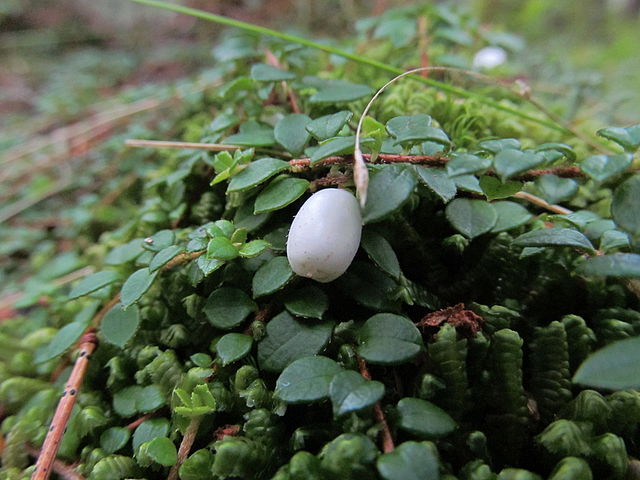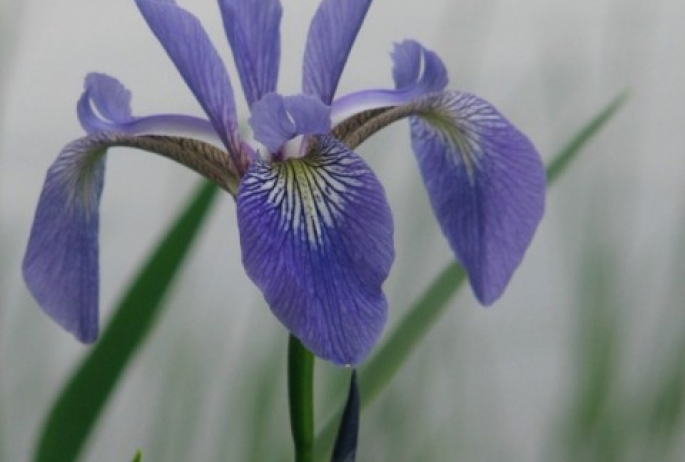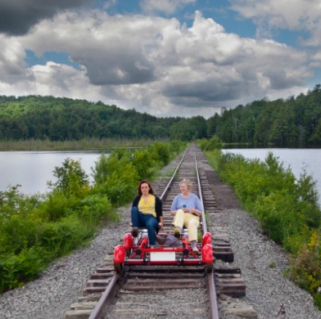One of the fun things about spring hiking is getting first crack at the wildflowers. Some of them bloom quite early. We also need to stay below the 3,000-foot limit which keeps fragile trails and vegetation safe until all spring moisture has drained - which is usually by June. It makes for a better hiking experience for everyone.
Here's what to flowers to look for and where to find them. To make it even easier, I am including which trail at our local hiking complex, the Paul Smith's College Visitor Interpretive Center, where each of these flowers can be found.
Remember, take only pictures. Adirondack wildflowers are protected.
Earliest wakers
Mid to late April is when you should look for these distinctive lovelies.

Coltsfoot is native to Europe and certain areas in Asia which borders it. It got to North America because it was a treasured herbal remedy, especially for coughs and respiratory disorders. Some people think of it as a weed, but I never would. I like it. It is nicknamed “son before father” because (as seen above) it blooms before it leafs out.
It's a tough little beast who thrives in damp, disturbed soil. While hiking, look for small plants in clumps, with the distinctive red flower heads and thick, shaggy, stalks. It is still highly thought of in herbalist circles. It is found on the Barnum Brook Trail.

Trout lily is an Adirondack classic. This one is shy, with spotted green and brown leaves which can make them blend into the forest floor. It loves the extra light while the deciduous trees are still budding and not yet leafed out. The bloom itself is a lovely miniature lily shape in bright yellow which can be the only way we will find it. To find them, hike the Boreal Life Trail, Woods and Waters Trail, and Logger's Loop Trail.

Trailing arbutus is another delicate plant, spreading in mats of shiny evergreen foliage only 4-5 inches high, with tiny trumpets of white or pale pink. Look for it in loose soils in forest shade.
The fat-petaled blooms, from pink to barely pink, are very fragrant even though they are only a half-inch across. They love forest floors with moist acidic soil, such as beneath evergreens like pine. Look for them on the Heron Marsh Trail.
Mid-spring bloomers
There are some very interesting plants later in the season. These varieties bloom mid-spring, in late April and early May.

Spring beauty is the belle of any ball. Nicknamed "rose elf," these delicate looking blooms are only six inches tall and like damp, well-drained, soil, and partial woodland shade. Found on the Heron Marsh Trail.

Creeping snowberry is actually a vine. It has small greenish-white flowers and then, in August to September, there is white fruit. It all smells like wintergreen. It can be found on the Boreal Life Trail.

Another eagerly sought flower is the Purple Trillium, but some declare it is actually red. Let's call it burgundy, shall we?
These lovelies show up, (sometimes as early as mid-April) on the Barnum Brook Trail, Boreal Life Trail, and Logger's Loop Trail.
Late bloomers
Look for these beauties in late May and June.

Blue Flag Iris is one of our showiest native plants. Also known as Wild Iris, it is actually pollinated by bees. The flower patterns form a "landing strip" to direct bees to the pollen (for them) and the nectar (for the bees.) Find it on the Barnum Brook Trail, Heron Marsh Trail, Boreal Life Trail, Woods and Waters Trail, and the Black Pond Trail.

Canada mayflower (not to be confused with trailing arbutus, which is also known as mayflower) has lovely heart-shaped leaves with a shine to them. This can help find this diminutive member of the lily family, with tiny flowers in clusters on a slender stalk. It has a broad range of forest habitats, enjoying sunny wetlands or shady woods. This is why we can find them on many trails: Barnum Brook Trail, Heron Marsh Trail, Boreal Life Trail, Woods and Waters Trail, Logger's Loop Trail, Black Pond Trail, and the Jenkins Mountain Trail.

As the weather gets warmer in mid-May, the Painted Trilliums begin to show up, deep in the woods. These lovely white and pink ones are especially abundant on the Heron Marsh Trail, but can also be found on Barnum Brook Trail, Heron Marsh Trail, Boreal Life Trail, Woods and Waters Trail, and Logger's Loop Trail.
This is only a glimpse of the abundant flora and fauna to be discovered at the Visitor Interpretive Center, which manages to encompass every kind of Adirondack environment except high alpine. So if you can't identify a wildflower yourself, take a picture and bring it up to the desk at the main building.
They love to teach people something new.
Get a good night's sleep with our lodging. Make that appetite happy with our dining. Explore more of our incredible hiking.
Header photo of trout lily, Ryan Hagerty [Public domain], via Wikimedia Commons





























